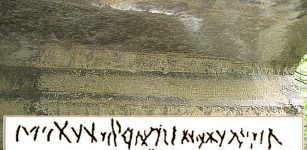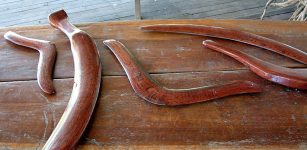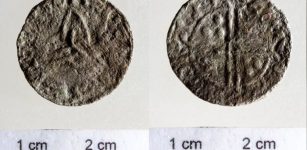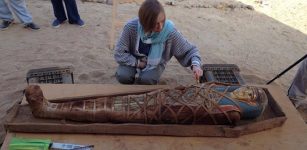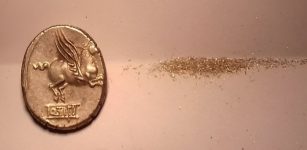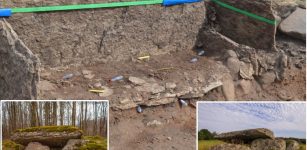600-Year-Old Axe Heads Used In The Battle Of Grunwald Found in Poland
Conny Waters - AncientPages.com - Two battle axes used in hand-to-hand fighting at the Battle of Grunwald over 600 years ago have been found by detectorists during a sweep of the famous battle site in northern Poland.
The Battle of Grunwald was fought in 1410 and saw the joint forces of Poland and Lithuania defeat the Knights of the Teutonic Order. Over 50,000 knights, gunners, and infantry clashed on the fields near the village of Grunwald in what was possibly the biggest battle of medieval Europe.
 An excerpt from the painting "Battle of Grunwald" by Jan Matejka. Photo: PAP / source: Dzieje.pl
An excerpt from the painting "Battle of Grunwald" by Jan Matejka. Photo: PAP / source: Dzieje.pl
The find, which has astonished archaeologists, is all the more important as the melee weapons are in remarkably good condition.
The discovery of the battle axes is an archaeological sensation, said Dr. Szymon Dreja, director of the Museum of the Battle of Grunwald, adding that “in seven years of our archaeological research we have never had such an exciting, important and well-preserved find.”
According to the director, there is little doubt that the axes come from what many historians say was the largest battle of the middle ages in Europe.
“The context of these finds, the preliminary dating to the fifteenth century and the type of axes clearly indicate that they are directly related to the Battle of Grunwald of July 15, 1410,” he said.
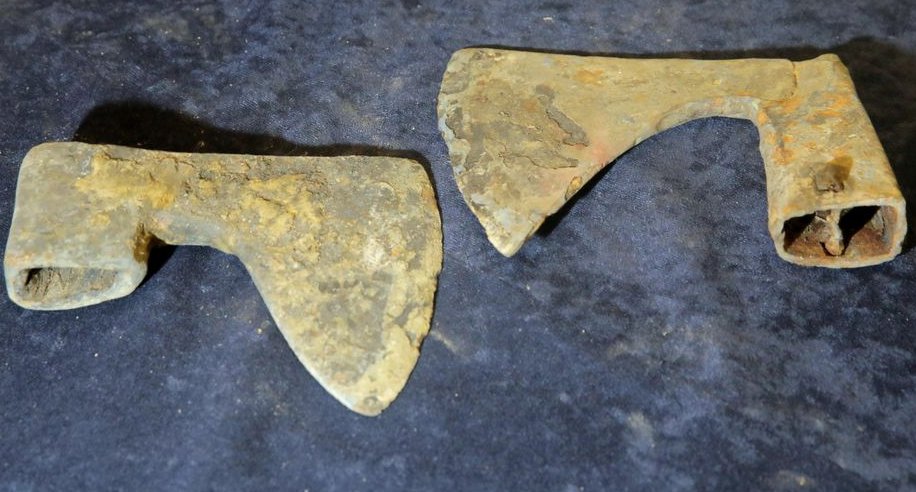
The discovery of the battle axes has been called an archaeological sensation. Tomasz Waszczuk/PAP
The battle marked the end of the order’s expansion along the south-eastern coast of the Baltic Sea and the beginning of the decline of its power. It also marked the emergence of Poland-Lithuania as one of Europe’s most powerful states.
The battle-axes were found by Aleksander Miedwiedew, a member of the search team who stumbled upon them with his metal detector in a marshy area, at a depth of about 80 centimeters, a few meters away from each other.
The axes are of two different types. One has a longer closed shaft for the handle and the other has a shorter open shaft.
Although they have been in the ground for over six centuries, the axes are in almost perfect condition. According to Miedwiedew, this is because they ended up in the swampy ground, which as a wet environment protected the axes off from air and corrosion.
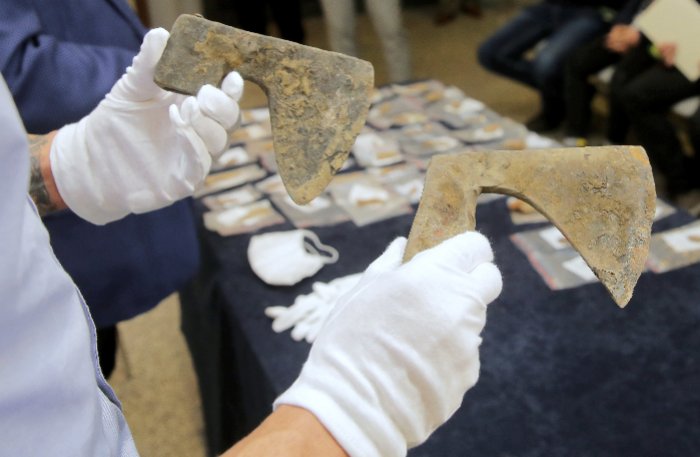 The axes are of two different types. One has a longer closed shaft for the handle and the other has a shorter open shaft.
The axes are of two different types. One has a longer closed shaft for the handle and the other has a shorter open shaft.
He said: “After removing these axes, we rinsed them under running water and they look like new.”
The axes have been preserved in such a good condition that they even have the rivets by which they were attached to their wooden handles.
Describing how he felt when he found the axes, he said “It was a huge shot of endorphins, adrenaline plus a hundred. It was like flying to the moon. Like crossing a bridge between people from 1410 and us.”
Seventy metal detectorists took part in the search, which ended on Saturday. For seven years, dozens of detectorists and history lovers from all over Europe have been coming to the battle site under the supervision of archaeologists to comb through the fields.
“The specificity of this place requires us to change our methods a little bit. We do not do it with the typical excavation method. We cooperate with detectorists who have their own equipment, their own metal detectors,” said Adam Górecki, the archaeological research manager.
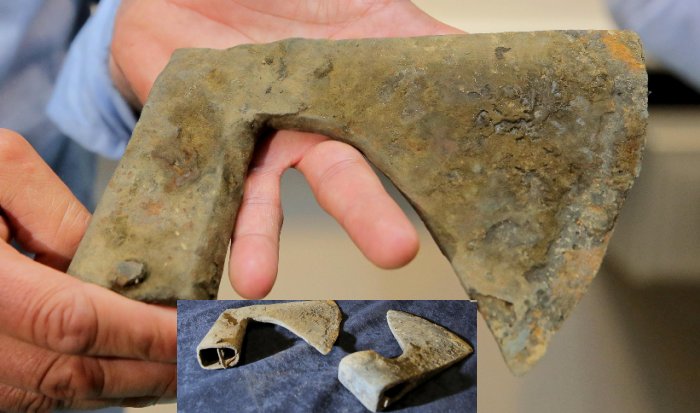 source: PAP
source: PAP
During this year's research of the Grunwald battlefield, several dozen artifacts were found in addition to the two battle axes. These include a handle fragment of a medieval short sword as well as dozens of other objects, mainly spearheads.
The museum is not revealing the precise location of the find because they believe that other artifacts are still lying in the ground. For this reason, they are planning more archaeological excavations later this year.
The mystery still waiting to be discovered is the location of the mass grave of knights who died in one of the greatest battles of medieval Europe.
So far, burial places have only been found near the ruins of the battle chapel. During archaeological work in the 1960s and 1980s, bones of about 300 men were discovered there. In the battle, however, several thousand people died fighting on both sides.
Written by Conny Waters - AncientPages.com Staff Writer




